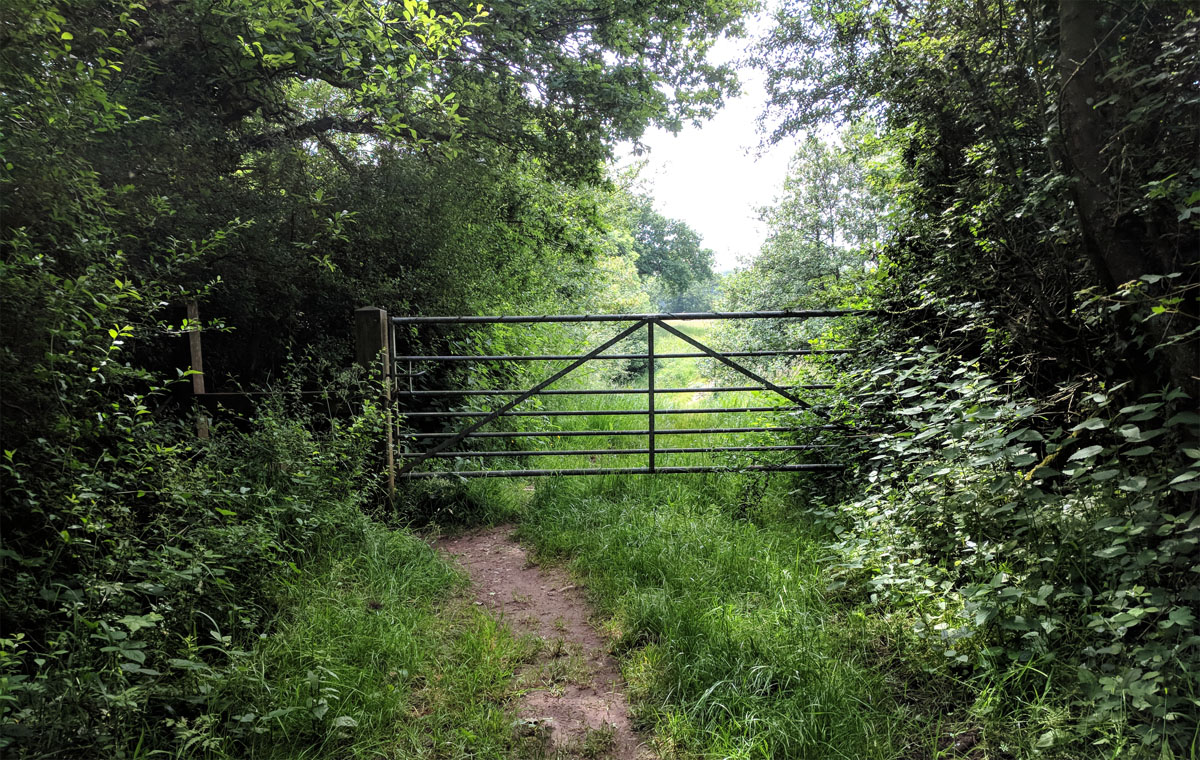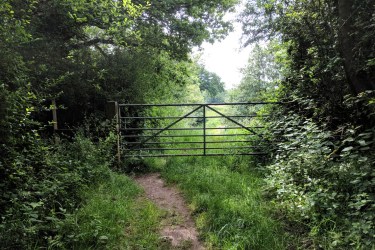Following on from our looks at hedgerow management and agroforestry, here are some tips on how to use SFI and CS funding to help you manage your arable and horticultural lands to benefit wildlife and generate income, without giving up any of your farm’s productivity.
Why bother?
It’s widely acknowledged that biodiversity, the foundation of human and planetary well-being, is undergoing an unprecedented decline, surpassing any other period in human history. Since we depend on the Earth’s natural systems to regulate the environment, sustain a habitable planet, and provide sustenance, this is not good news.
Ironically, however, our agricultural practices over the past five decades have been a primary driver of biodiversity loss.
Today, processors, commercial buyers, and retailers are requiring proof that the items they source are responsibly produced. And increasingly, consumers are keen to buy items that are produced with environmentally friendly credentials.
Fortunately, UK farmers can address this, and Government initiatives are in place to help.
The key is to focus on less productive and marginal land
To maximize wildlife benefits on your working farm, focus on your marginal land. Thanks to funding initiatives, you can get paid to put the unproductive areas to use in the service of wildlife diversity. This can help reverse generations of decline. Furthermore, with the Basic Payment now tapering sharply, these rewards are a good way to claw back funding shortfalls.
Nobody is suggesting that you should give up on your best land to benefit wildlife solely. In fact, as of March 2024, Defra now limits the amount of land that can be put into certain actions. This is to seek to ensure that food production remains the primary purpose of farming.
CS and SFI – quick links
Here are links to the two main reward schemes.
SFI – Sustainable Farming Incentive
Countryside Stewardship opportunities to benefit wildlife
In all, there are 260 funding opportunities via this programme. These include hedgerow planting (£22.97/metre), woodland creation maintenance (£400/hectare), flower rich margins and plots (£798/hectare) and many more. Check out the Countryside Stewardship grant finder for details.
SFI actions are available, whatever farming you do
You can apply the SFI actions regardless of the land you have, or the farming you carry out. So, if you have grasslands, low-input grasslands, arable or horticultural businesses, you can enhance biodiversity.
However, as reported in our April-October 2023 report into farm business conditions, farmers are reporting that SFI schemes can be complicated and onerous, and the choice of funding streams is overwhelmingly vast. (At the same time, farmers are reporting that it is more flexible than CS, so it’s not all gloom!)
Ultimately, we’d suggest that you seek input from your trusted farm adviser. They will have a clear idea of the programme’s options, and the best way for you to proceed according to your aims.
SFI – arable and horticultural land
Section 2.7 of the SFI Handbook 2023 spotlights actions for farmland wildlife on arable and horticultural land.
These methods can also support an integrated pest management (IPM) approach if you carry them out close to cropped areas, which can help to reduce costs and improve farm resilience.
The actions you can take include:
- Pollen and nectar flower mix (for which you’ll be paid £739/hectare/year) – see section AHL1.
- Winter bird food (for which you’ll be paid £853/hectare/year) – see section AHL2.
- Grassy field corners and blocks (for which you’ll be paid £590/hectare/year) – see section AHL3.
SFI – grasslands
Section 2.8 of the SFI Handbook 2023 looks at actions for farmland wildlife on improved grassland. Meanwhile, Section 2.10 focuses on low input grassland.
The actions you can take include:
- Taking improved grassland field corners or blocks out of management (for which you’ll be paid £333/hectare/year) – see section IGL1.
- Providing winter bird food on improved grasslands (for which you’ll be paid £515/hectare/year) – see section IGL2.
- Managing grassland with very low nutrient inputs (outside SDAs) (for which you’ll receive £151/hectare/year) – see section LIG1.
- Managing grassland with very low nutrient inputs (SDAs) (you’ll receive £151/hectare/year) – see section LIG2.
SFI in the real world
What do farmers think of SFI? Take a look at this, from Oxford Farming Conference 2024:
Find out more about biodiversity, funding and profitable farming
If you’d like to explore your funding options why not contact me, Vicki Halliwell to discuss your needs and aspirations. I can help you to navigate the funding processes, identify your preferred opportunities, and promote your farm’s efficiency and profitability.
The benefits of wildlife-friendly practices on different land types
Click the drop-down links below to find out the ways that SFI and CS can help your holdings.
-
Low-input grassland
- Biodiversity – Provides a wide range of food sources and habitats for wildlife, including insects, birds, and mammals
- Wildflower richness – Higher plant species diversity compared to intensively managed grasslands, provides a wide range of food sources and habitats for wildlife, including insects, birds, and mammals
- Insect abundance – Nectar and pollen for insects from wildflowers supports insect populations that are vital food sources for birds, bats, and other wildlife
- Bird habitat – An abundance of nesting sites and foraging areas for a variety of bird species, including skylarks, lapwings, and meadow pipits; these birds prefer open grassland habitats with minimal disturbance
- Mammal habitat – Habitats for small mammals like field voles, shrews, and bank voles, which are prey for predators such as owls, kestrels, and foxes
- Amphibians and reptiles – Often include features like ponds, ditches, and unmown areas, provide breeding sites and shelter for amphibians and reptiles
- Seed production –Produce seeds that serve as important food sources for a variety of wildlife, including finches, sparrows, and small mammals
- Low chemical use – Reduce the negative impact on non-target wildlife, such as bees and other pollinators
Overall, low-input grasslands in the UK are essential for maintaining and enhancing biodiversity, providing important habitat and resources for a wide range of wildlife species. Conservation efforts and sustainable land management practices are essential to protect and restore these valuable habitats.
Low-input grasslands are beneficial for wildlife because they are managed with minimal human intervention and typically mimic more natural, less intensive land use practices.
-
Grasslands
- Diverse plant life – Encourage a wide variety of plant species, including native grasses, wildflowers, and herbs, provides food and shelter to numerous wildlife species
- Pollinator habitat – Wildflowers serve as essential habitats for pollinators like bees, butterflies, and hoverflies, contributing to ecosystem health and food production
- Nesting sites – Undisturbed grasslands provide nesting sites and cover for ground-nesting birds, such as skylarks and lapwings
- Insect abundance – Grasslands rich in insect life serve as a primary food source for many bird species and other wildlife, including amphibians and reptiles
- Habitat for small mammals – Mammals such as field voles, shrews, and bank voles, support populations of predators such as owls, kestrels, and foxes
- Biodiversity hotspots – Grasslands such as hay meadows and species-rich grasslands host a remarkable diversity of plant and animal species, many of which are adapted to the specific habitat
- Seed production – An important food source for a variety of birds and small mammals, particularly through the winter months
- Hedgerows and field margins – Offer additional habitats and corridors for wildlife, including reptiles, amphibians, and small mammals
- Conservation management – Practices such as rotational mowing and grazing, helps maintain biodiversity and prevents the encroachment of woody vegetation
- Natural flood control – Certain types of grasslands, like floodplain meadows, can help absorb heavy rainfall, reducing the risk of flooding in nearby areas
It’s important to note that different types of grasslands require specific management practices to maximise wildlife potentials.
-
Horticultural land
- Plant diversity – Provides food and habitats for a variety of wildlife
- Pollinator habitats – Suitable nectar and pollen sources contribute to overall ecosystem health
- Beneficial insects’ habitats – Encourage insects such as ladybirds and lacewings helps control pest populations
- Wildlife shelters – Hedges, ponds, compost heaps, and log piles provide shelter and breeding sites for wildlife
-
Arable land
- Habitat diversity – Hedgerows, field margins and grassy strips provide nesting sites and cover
- Food sources – Crop variety can offer food sources for different species
- Overwintering sites – Stubble and unharvested margins provide shelter
- Crop rotation – Can help break disease cycles and reduce chemical pesticide use
- Wildflower strips – Attract pollinators
- Water management – Ponds and wetlands for wildlife encourages biodiversity
- Integrated pest management (IPM) – Minimises pesticide use and encourage biological controls






